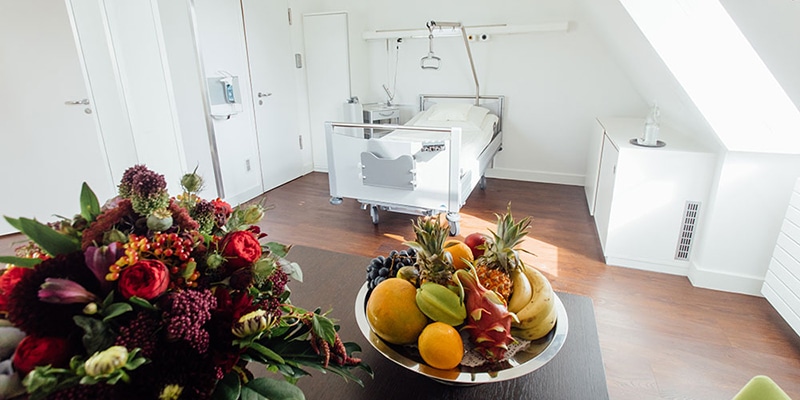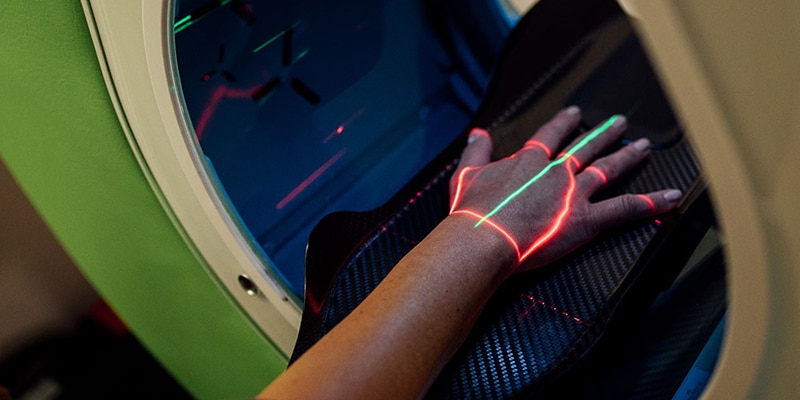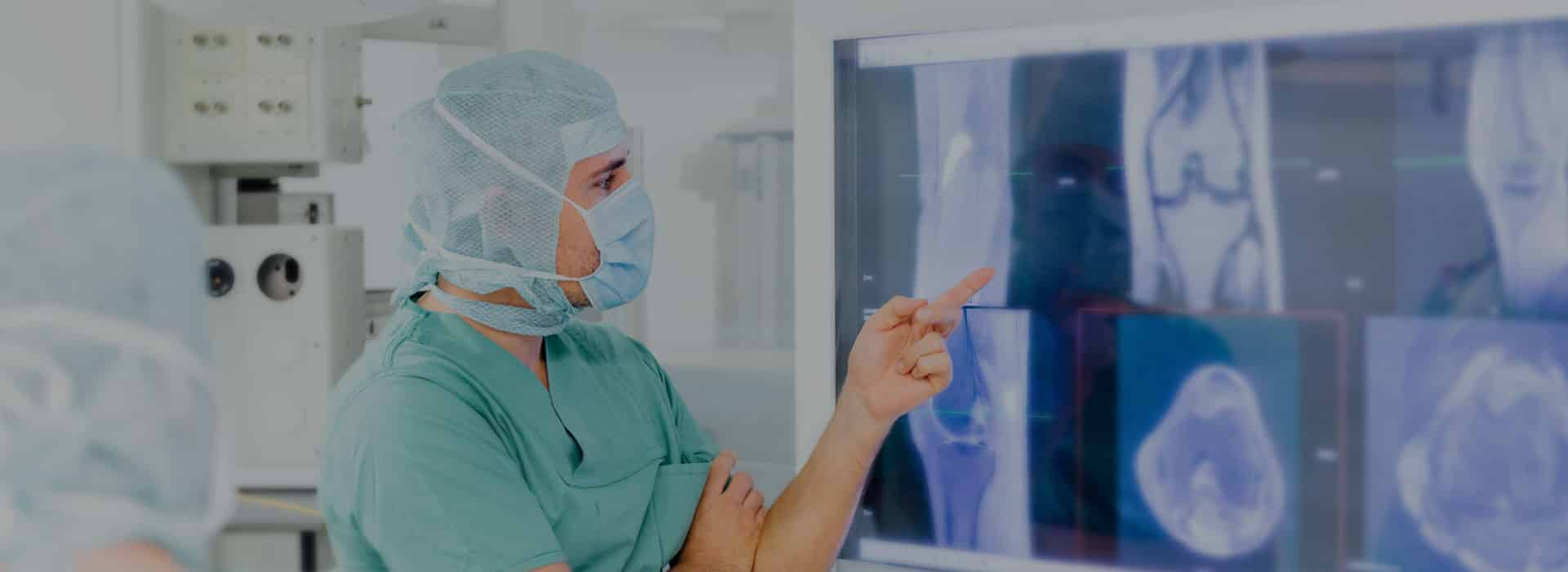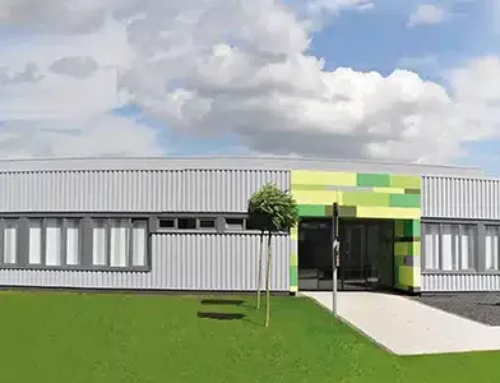Network Harmonization and Optimization with a Fully Managed SD-WAN
IT is the backbone of any organization, especially in medical settings with no room for failure. High quality care with satisfied customers is our business, so securing this backbone—by reducing cyber security risks to protect information and productivity—is one of the main tasks of modern IT departments. If IT is disparate, the task is more complex and can cause issues for IT departments, organizations, and our customers.
The solution, then, becomes meshing and optimizing network infrastructure.
Optimizing the network means intensively increasing groupwide security standards and greatly enhancing internal and external communication, while simultaneously striking the perfect balance between complexity and simplicity. And even though storing, sharing, and processing patient data requires speedy, secure, and reliable infrastructure, it should also be easy to manage.
When I came to ATOS Clinics in 2019, we were starting to take the first steps to reshape our network and, by extension, our entire IT model.
Rethinking Our Infrastructure and Enacting a Digital Transformation
ATOS was founded in 1991 and today operates a network of 10 full-size clinics and 25 ambulatory health care facilities in different locations across Germany. We specialize in orthopedic surgery, performing more than 19,000 treatments each year. We offer hotel-like hospital stays and surgical follow-up care and believe that a pleasant environment and human warmth supports the healing process. It is important to offer our patients the very best service possible—and that goes all the way down to IT.

Our new IT journey began by rectifying several fundamental issues. Our WAN was slow, obsolete, and poorly connected. We were using multiple vendors, and no service or technology standards were in place. We had no centralized tech support team, either. Our locations had varying levels of maturity in IT security, and staff often lacked the expertise to best address issues with our disparate network technologies. This setup was inefficient and created a lot of organizational overhead.
A pleasant environment and human warmth supports the healing process. It is important to offer patients the very best service possible—and that goes all the way down to IT.
The first step was to establish a centralized IT department. As our chief information officer, I am responsible for implementing our IT strategy: promote digital transformation, standardize IT solutions group-wide, improve internal and external communications, and strengthen cybersecurity defense to protect patient data. To overcome our obstacles and build out our centralized IT architecture model, we had to rethink our infrastructure and its procurement.
We found the perfect partner
We turned to the expertise of our security partner to write the RFP for a more updated solution. After reviewing submissions, a smaller company with impeccable references stood out, offering a functional solution at the right price. That company was Riedel Networks.
Riedel is a privately held German company with a global presence. Their SDN backbone covers the country and the world, and their engineers are highly skilled in modern cybersecurity. Riedel combines the agility of a small company with the product offerings of their bigger rivals, giving us the best of both worlds. And because Riedel has a local presence in the cities where we operate, it gives us easy access to top-tier technology as well as personalized support.
Relying on fewer vendors saves valuable time and resources, and improves the ability to react quickly when something goes wrong.
For us, modernizing our systems to ensure better security, stability, and agility meant reducing the number of partners. Relying on fewer vendors means there are fewer touchpoints deploying and managing infrastructure. It saves valuable time and resources, and improves the ability to react quickly when something goes wrong. In doing so, we minimize interruptions and outages that can impact patient care.
Moving to Riedel means we no longer have to contact multiple vendors to troubleshoot and resolve issues. Instead, we deal with a single point of contact in Riedel. The result is faster response times and increased reliability. We also have more control over costs and are paying less because we have a single service agreement covering hardware, bandwidth, and support.
In accepting Riedel’s proposal and moving to a managed SD-WAN solution, ATOS Clinics fundamentally changed how we handle IT networks.
A New Network Based on Secure Cisco Technology
Riedel built our new network on Cisco SD-WAN technology and rolled out the solution at the first clinic in October 2022. We have since expanded Cisco SD-WAN to 20 of our 30 facilities and are finalizing its deployment at the remaining locations.
One of the biggest selling points was the Cisco SD-WAN vManage dashboard hich automates network management and provides full visibility over multiple network connections. The vManage dashboard will give my team insights into our entire infrastructure. It will enable us to monitor connection speeds and determine performance bottlenecks. We will also have access to detailed security stats to help us prevent cyberattacks and isolate parts of our network should malware slip through. The dashboard will serve as a front line of defense, alerting Riedel and us to potential issues. This new solution will allow our internal IT team to handle the simple issues and day-to-day management tasks ourselves, and pass the baton to Riedel when the problem exceeds our expertise.
Riedel helped us address another pressing security issue, consolidating endpoint management with the Cisco AnyConnect Secure Mobility Client. Our clinics previously connected to our MLPS WAN using different VPN solutions, and our IT department had trouble keeping track of settings and updates. With this solution, we will have complete oversight over endpoint security, so our practitioners can use whatever device they prefer and we still know we are safe and protected.

Paired with Cisco Umbrella cloud-based security, we can monitor traffic and prevent malware incursions and other cyberattacks at the IP and DNS layer. Instead of relying on internet appliances and other hardware-level protections, we have flexible security with consistent policies that cover all our locations and protect remote users logging into our network with their own devices.
Another benefit of working with Riedel and deploying Cisco SD-WAN, Umbrella, and AnyConnect is simplified security audits. As a business and a medical entity, we must submit annual security audits to comply with German regulations. Our Cisco infrastructure and security tools make collecting information about our cybersecurity posture easier. At the same time, investors and regulatory bodies feel more reassured about our capacity to manage cybersecurity when our audits show a two-vendor solution instead of a list of multiple suppliers, as was previously the case.
Clearing the Digital Transformation Hurdle
I am extremely pleased with our progress and look forward to all our locations connecting to Cisco SD-WAN by the end of 2023. Once the rollout is complete, my focus will shift to finding new SaaS applications, IT products, and platforms to further enhance the patient experience at our clinics by leveraging our new infrastructure.
Adopting Cisco SD-WAN helped us clear the first hurdle in our digital transformation. All our clinics will soon enjoy a fully managed, highly secure, high-capacity, high-speed network managed from our central data center. We will have the capacity to scale as ATOS continues to expand. Our new network architecture will also free us to add new cloud-based medical and business SaaS applications as they become available because the physical limitations of our infrastructure will no longer constrain us.
Riedel has proven to be an exceptional partner, and opting for a managed network was the right decision in every respect.





